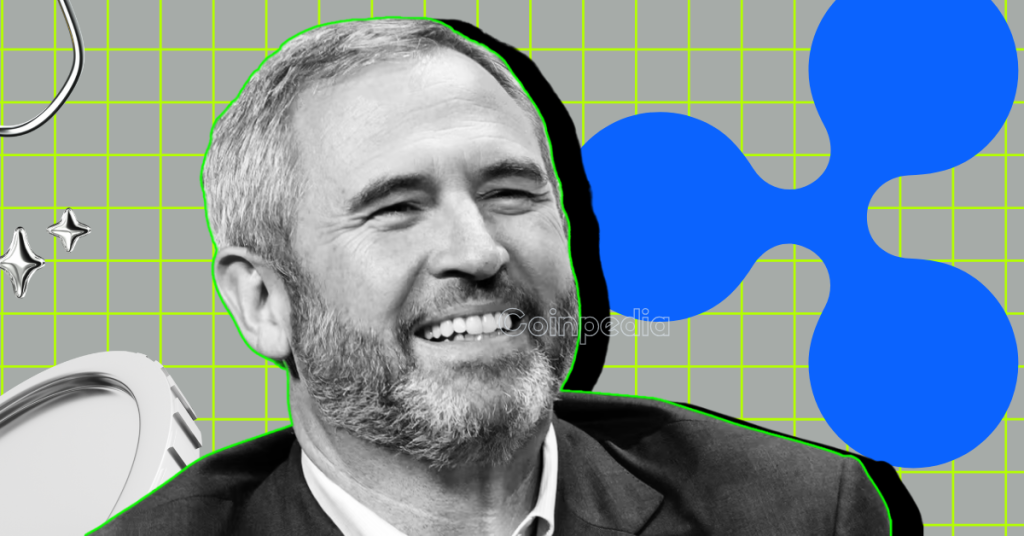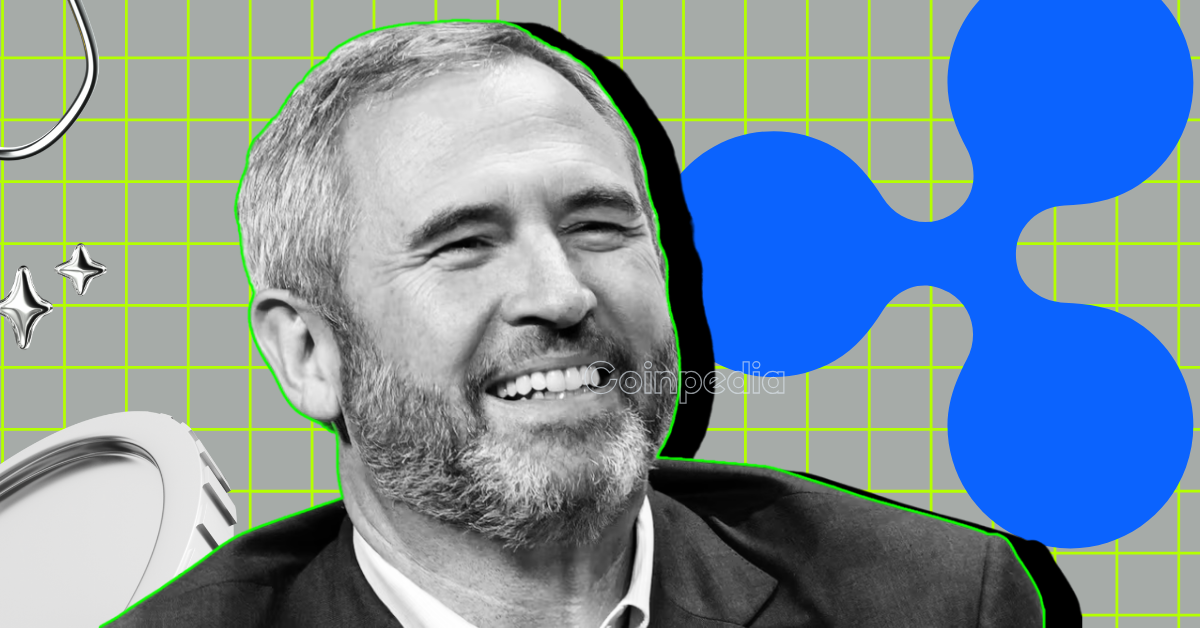
The digital currency landscape in 2025 remains a dynamic and evolving space, characterized by rapid innovation and persistent regulatory uncertainty. Among the myriad of cryptocurrencies, XRP, the digital asset developed by Ripple Labs, finds itself at a critical crossroads. After enduring a protracted legal battle with the U.S. Securities and Exchange Commission (SEC), XRP is now poised for a potential breakthrough. The upcoming testimony of Ripple CEO Brad Garlinghouse before Congress could serve as a catalyst for much-needed regulatory clarity. This analysis explores the implications of this testimony, the ongoing legal saga, and the future trajectory of XRP in the broader crypto market.
The Legal Battle and Its Ramifications
The legal dispute between Ripple and the SEC has been a defining chapter in the history of XRP. The SEC’s lawsuit, filed in late 2020, alleged that Ripple’s sale of XRP constituted an unregistered securities offering. This legal action cast a long shadow over XRP, creating regulatory ambiguity that affected its market performance, trading availability, and overall adoption. The lawsuit’s impact was immediate, with several major cryptocurrency exchanges delisting XRP in response to the regulatory uncertainty.
A pivotal moment in the case occurred when a federal judge ruled that XRP is not inherently a security. This ruling was a significant victory for Ripple, as it provided a measure of clarity regarding XRP’s regulatory status. However, the judge’s decision did not fully resolve the matter, as the SEC continued to pursue claims related to Ripple’s institutional sales of XRP. The ongoing legal proceedings have left XRP in a state of limbo, with its future hinging on the final outcome of the lawsuit.
The resolution of this legal battle is crucial for XRP’s future. A favorable outcome for Ripple could remove the regulatory overhang, potentially leading to increased adoption, market stability, and renewed investor confidence. Conversely, an unfavorable ruling could further complicate XRP’s regulatory status, hindering its growth prospects and market performance. The outcome of the lawsuit will not only impact XRP but also set a precedent for the broader crypto industry, influencing how regulators approach the classification and regulation of digital assets.
Congressional Testimony: A Pivotal Moment
Brad Garlinghouse’s scheduled testimony before Congress presents a unique opportunity for Ripple to advocate for clearer crypto regulations. This testimony comes at a time when Congress is actively considering legislation to provide a comprehensive framework for the digital asset market. Garlinghouse’s appearance before lawmakers could be a turning point in the regulatory debate, offering Ripple a platform to articulate its vision for the future of digital assets.
Garlinghouse’s testimony is expected to focus on several key areas:
- Regulatory Clarity: Advocating for clear and consistent rules for digital assets to foster innovation and protect investors. Garlinghouse is likely to emphasize the need for a regulatory framework that balances innovation with consumer protection, ensuring that the U.S. remains competitive in the global crypto market.
- XRP’s Utility: Detailing XRP’s functionality as a bridge currency for cross-border payments. Garlinghouse may highlight XRP’s role in facilitating faster, cheaper, and more efficient transactions, positioning it as a viable alternative to traditional banking systems.
- Addressing SEC Concerns: Directly addressing the SEC’s concerns regarding XRP’s classification. Garlinghouse may argue for a more nuanced approach to regulation, one that recognizes the unique characteristics of digital assets and avoids stifling innovation.
- Promoting Innovation: Emphasizing the potential of blockchain technology and digital assets to drive economic growth and improve financial inclusion. Garlinghouse may discuss the broader implications of crypto innovation, including its potential to democratize access to financial services and empower individuals worldwide.
The impact of Garlinghouse’s testimony will depend on his ability to effectively communicate Ripple’s message and persuade lawmakers of the need for sensible crypto regulations. A strong and persuasive testimony could influence the direction of future crypto legislation, potentially leading to a more favorable regulatory environment for XRP and the broader crypto industry. Conversely, a lackluster performance could fail to sway lawmakers, leaving the regulatory landscape unchanged.
XRP’s Growth Potential in a Post-Clarity World
With the legal uncertainties potentially fading, XRP is well-positioned to capitalize on its underlying technology and strategic partnerships. XRP was designed to facilitate fast and low-cost cross-border payments, offering an alternative to traditional banking systems. Its ability to settle transactions in seconds, compared to days for conventional methods, gives it a competitive advantage in the global payments market.
Several factors could contribute to XRP’s growth in a post-clarity world:
- Institutional Adoption: Increased adoption of XRP by financial institutions seeking to improve their cross-border payment capabilities. Ripple’s existing partnerships with major banks and financial institutions could expand, further integrating XRP into the global payments ecosystem.
- New Use Cases: Expansion of XRP’s use cases beyond payments, such as in supply chain finance or decentralized finance (DeFi) applications. The versatility of the XRP Ledger could attract developers and entrepreneurs, leading to the creation of innovative applications and services.
- Ecosystem Development: Growth of the XRP Ledger ecosystem, with more developers building applications and services on the platform. A thriving ecosystem could enhance XRP’s utility and attract a broader user base, further solidifying its position in the crypto market.
- ETF Inflows: The potential for XRP-based Exchange Traded Funds (ETFs) to attract significant investment and increase market liquidity. The approval of XRP ETFs could provide a new avenue for investors to gain exposure to XRP, potentially driving up demand and market capitalization.
However, challenges remain. XRP faces competition from other digital assets, such as Bitcoin and Ethereum, as well as traditional payment systems. It must also overcome any lingering negative sentiment stemming from the SEC lawsuit. Success will depend on Ripple’s ability to execute its strategy, build partnerships, and demonstrate the value proposition of XRP to a wider audience. Additionally, the broader regulatory landscape will play a crucial role in shaping XRP’s future, with clear and sensible regulations fostering growth and innovation.
The Broader Crypto Regulatory Landscape
XRP’s fate is intertwined with the broader regulatory landscape for cryptocurrencies in the United States. The lack of clear rules has been a major impediment to the growth of the crypto industry, creating uncertainty for businesses and investors alike. Congress is actively considering various legislative proposals to address this issue, aiming to provide a comprehensive framework for regulating digital assets.
These legislative efforts cover several key areas:
- Security vs. Commodity Classification: Defining clear criteria for determining whether a digital asset should be classified as a security or a commodity. This distinction is crucial, as it determines the regulatory framework under which digital assets operate.
- Exchange Regulation: Establishing rules for crypto exchanges to ensure fair trading practices and protect investors. Clear regulations could enhance market integrity, reduce fraud, and foster investor confidence.
- Stablecoin Regulation: Addressing the risks associated with stablecoins and establishing requirements for their issuance and operation. Stablecoins have gained significant traction in recent years, and clear regulations could mitigate potential risks while promoting innovation.
- Taxation: Clarifying the tax treatment of digital assets to provide guidance for individuals and businesses. Clear tax rules could simplify compliance, reduce uncertainty, and encourage broader adoption of digital assets.
The outcome of these legislative efforts will have a profound impact on the crypto industry, including XRP. Clear and sensible regulations could foster innovation, attract investment, and provide a level playing field for all participants. Conversely, overly restrictive or unclear regulations could stifle growth, drive innovation overseas, and hinder the adoption of digital assets.
A Future Forged in Clarity
The journey for XRP has been marked by legal complexities, regulatory uncertainties, and market volatility. However, with the potential resolution of the SEC lawsuit and the opportunity to advocate for clearer regulations before Congress, XRP stands at a critical juncture. The coming months could determine whether XRP can finally achieve the legal clarity it needs to thrive. If Ripple can successfully navigate these challenges, XRP is well-positioned to capitalize on its technological advantages and play a significant role in the future of global payments and the broader digital asset ecosystem.
The convergence of legal resolution, congressional engagement, and continued technological development paints a picture of cautious optimism for XRP. While challenges remain, the potential for regulatory clarity and increased adoption offers a promising outlook for XRP’s future. As the crypto industry continues to evolve, XRP’s ability to adapt, innovate, and demonstrate its value proposition will be crucial in determining its long-term success. The path forward is not without obstacles, but with strategic execution and favorable regulatory developments, XRP could emerge as a key player in the digital asset landscape.





